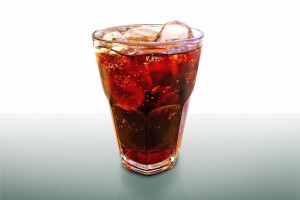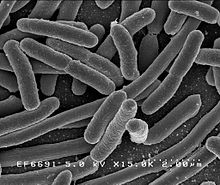
How does mixing a caffeinated drinks like coffee or cola with alcohol change your level of drunkeness?
This month’s Scicurious column on Scientific American examines the interaction between caffeine and alcohol when we’re drinking. As you know alcohol is a depressant and caffeine is a stimulant. Does the combination of the two cancel each other out? Or is there a more complex interaction. An excerpt:
Consuming alcohol results in one set of effects, and consuming caffeine results in a completely different set of effects. When used in moderation, both alcohol and caffeine consumed alone can have positive outcomes. Despite this, most of us have experienced very negative consequences from consuming too much of either beverage. What about alcohol and caffeine together? When alcohol and caffeine are combined, the effects and ultimate results become much more complicated.
Alcohol drinkers who also consume caffeine feel awake, talkative, and stimulated for a much longer period of time compared to when they drink alcohol alone. However, the added caffeine does not make you less drunk or less likely to go home with a grenade. Furthermore, the sedation that always accompanies drinking alcohol is often muted, or experienced much later when caffeine is in the picture.
Click the link for much, much more.

